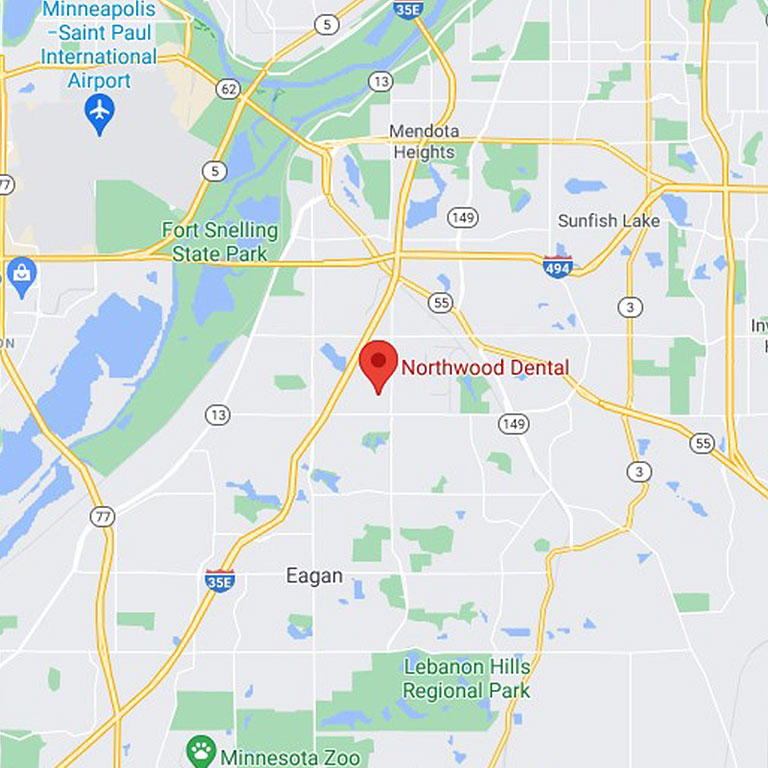What Causes Buck Teeth?
The reason why you are probably reading this article is that you want to find ways how to cure buck teeth. Well, you can agree that you are not alone in this problem. There are thousands of people having the same teeth structure as yours and are looking for solutions. But before going into the needle, the following will help you understand the causes of buck teeth:
1.) The medical term for buck teeth is “Class 2 division malocclusion”. Not surprisingly, it is one of the most common dental problems that people suffer from worldwide; hence, you are not alone.
2.) Similar to other common bite problems, buck teeth can be due to (a) genetics wherein you might have inherited this or (b) environmental factors like bad habits that led to the disarrangement of the teeth.
3.) According to research, the habit of “sucking” at an early age contributes greatly to the distortion of teeth development. Hence, when you had a bad habit of thumb sucking when you were young, the chances are, you will have bucked teeth when you mature.
4.) Children with buck teeth have a higher risk of suffering upper teeth damage due to trauma. Additionally, this dental problem can also result in psychological issues because of a lack of confidence brought about by the incorrect teeth alignment.
Is this something to be worried about? Well, with the help of modern technology, the answer is no. Right now, there are available options for treatment. But it’s highly recommended that treatment should start at an early age. Although it is alright to treat an adult, it will take a longer time because the gums have been hardened and the teeth are already permanent. Moreover, while it might be a common dental problem, it is highly recommended to seek help from a well-experienced orthodontist first. The right orthodontist can easily identify the solution and manage the problem correctly.







Leave a Reply
Want to join the discussion?Feel free to contribute!